The Big Price Drop? The Big Price Rollercoaster more like. As it prepared to run the latest instalment of its £500m price-cutting initiative - which kicked off this week - Tesco spent February hiking prices more than any of its big four rivals.
In what it dubbed the New Price Drop, Tesco slashed the price of 450 popular staples on Monday. However, in the run-up to the campaign, it increased prices at the tills by 2% once promotions are factored in, according to The Grocer Price Index, compiled by BrandView. Over the same period, Asda cut prices by 0.3%, and Morrisons and Sainsbury’s nudged prices up by 0.1% and 0.7% .
Even when promotions are taken out of the equation, Tesco put through more price increases than anyone else. Its base prices rose by 2.5% month-on-month, while Asda, Morrisons and Sainsbury’s increased their prices by a respective 0.4%, 1.5% and 2.2%.
As a result of these monthly increases, Tesco’s base prices - the very thing the Big Price Drop is supposed to bring down - were up more year-on-year than at any of the other big four supermarkets. They were 7% higher at the end of February than a year ago, whereas Asda’s and Morrisons’ prices were 6% higher, and Sainsbury’s were 4% higher in 2011.
Wholesale prices: red meat and poultry
Beef prices fell towards the end of last year, but are once again on the increase, with wholesale prices from the UK, France and Brazil making up this month’s top three risers.
UK beef is leading the charge with a 7.2% month-on-month increase, and, at nearly £3,000/tonne, is now 23.8% more expensive than a year ago. Meanwhile, Brazilian beef is up 13.4% year-on-year and 4.1% month-on-month, while French beef has gone up by 6.6% month-on-month.
Beef is becoming more expensive because production in key countries has declined, but demand is increasing. According to a recent market report from the Agriculture and Horticulture Development Board, UK beef and veal production is expected to have fallen in 2011, and global beef prices are forecast to remain high in 2012.
High beef prices in South America have also made EU beef more attractive to export markets recently.
But despite rising prices, Tesco seems to be doing a better job of enticing consumers into its stores in recent weeks. According to Kantar Worldpanel data released this week, food and drink sales increased by 5.2% in the four weeks to 19 February compared with a year ago, reflecting a distinct recovery on the previous eight weeks.
All the supermarkets are passing on commodity price increases from 2011. They have also had to react to the more recent spike in oil prices, caused by tensions in the Middle East, which has already driven up fuel prices over the past month.
That means that even when promotions are factored in, prices across the big four were, on average, 5% higher at the end of February than they were this time in 2011.
At Waitrose, prices are also well above 2011 levels. Before and after deals, prices were 5% higher at the end of February than they were a year ago, and over the course of the month, the retailer increased its prices by 2.9% after deals.
At a category level, the biggest month-on-month increases were in baby products, fruit and vegetables, meat and fish, and soft drinks. Baby product prices rose the most in February, by 5.4%, followed by fruit and veg, which was up 3.4%.
The only one of the 15 categories surveyed by The Grocer Price Index to deliver lower prices last month was deli products, where prices declined by 0.2% month-on-month.
On a year-on-year basis, tobacco prices were up the most, rising by 8% on February 2011 levels, while dry grocery, alcohol and health & beauty prices were all up by 7%.



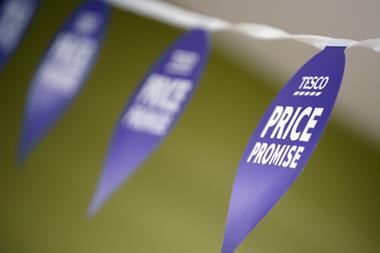

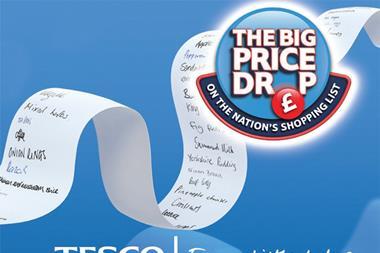
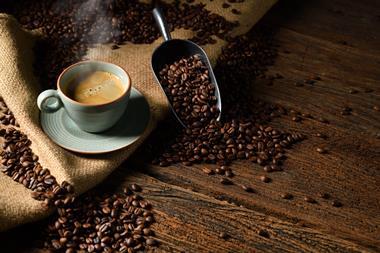
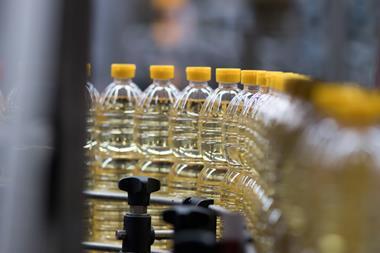
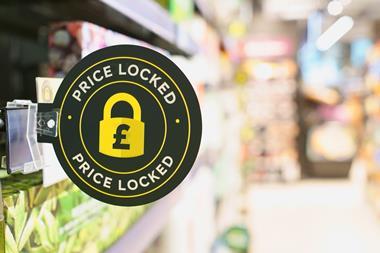

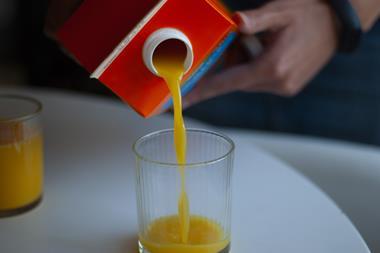
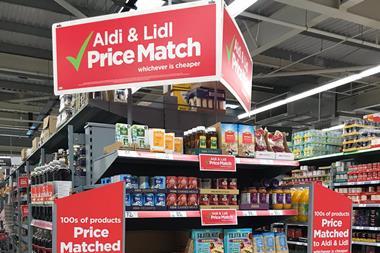
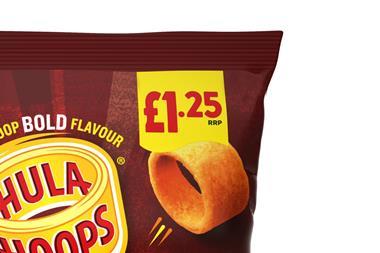
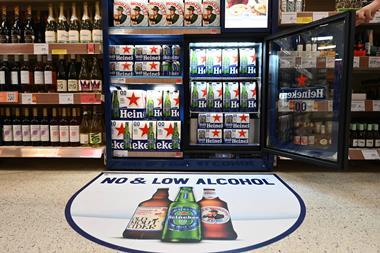
No comments yet